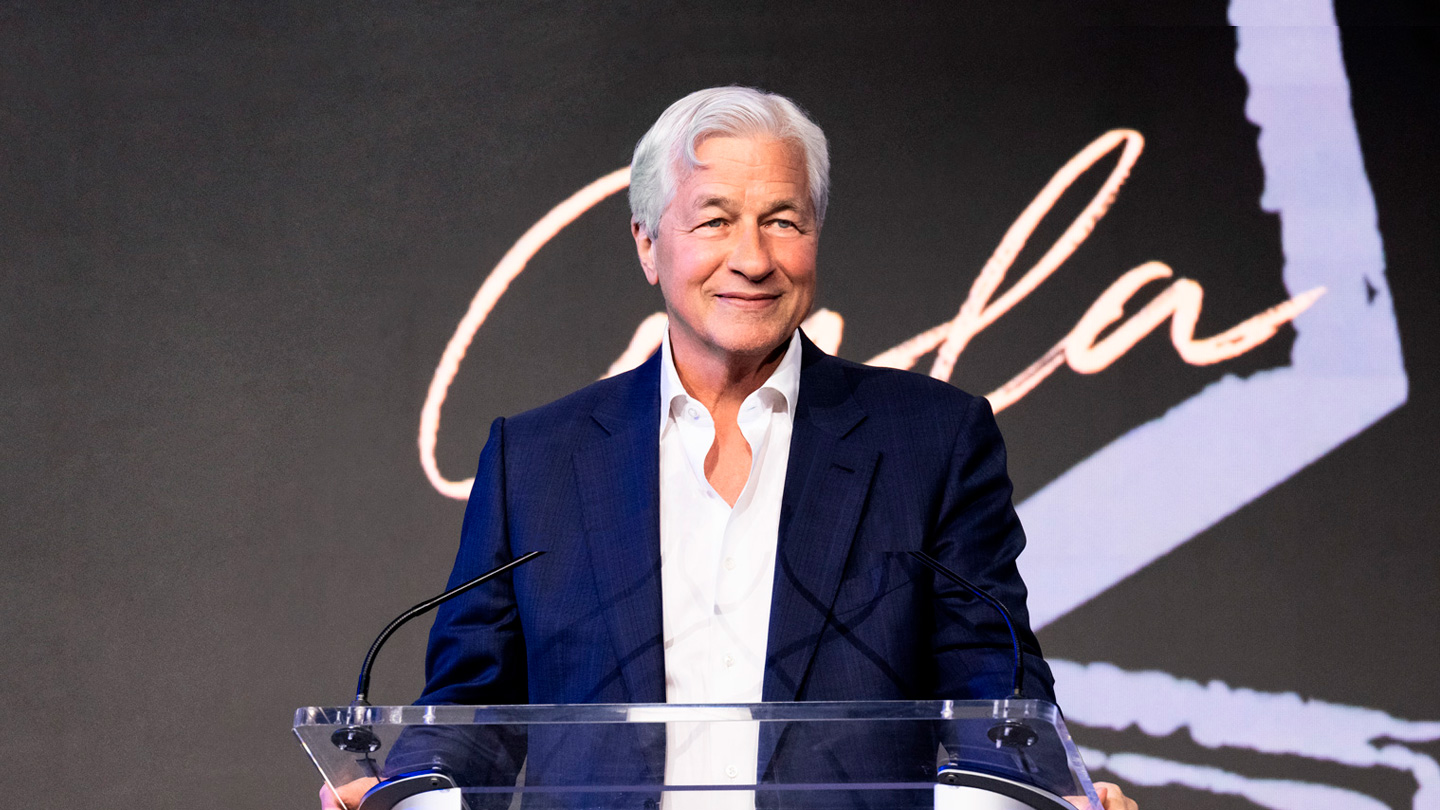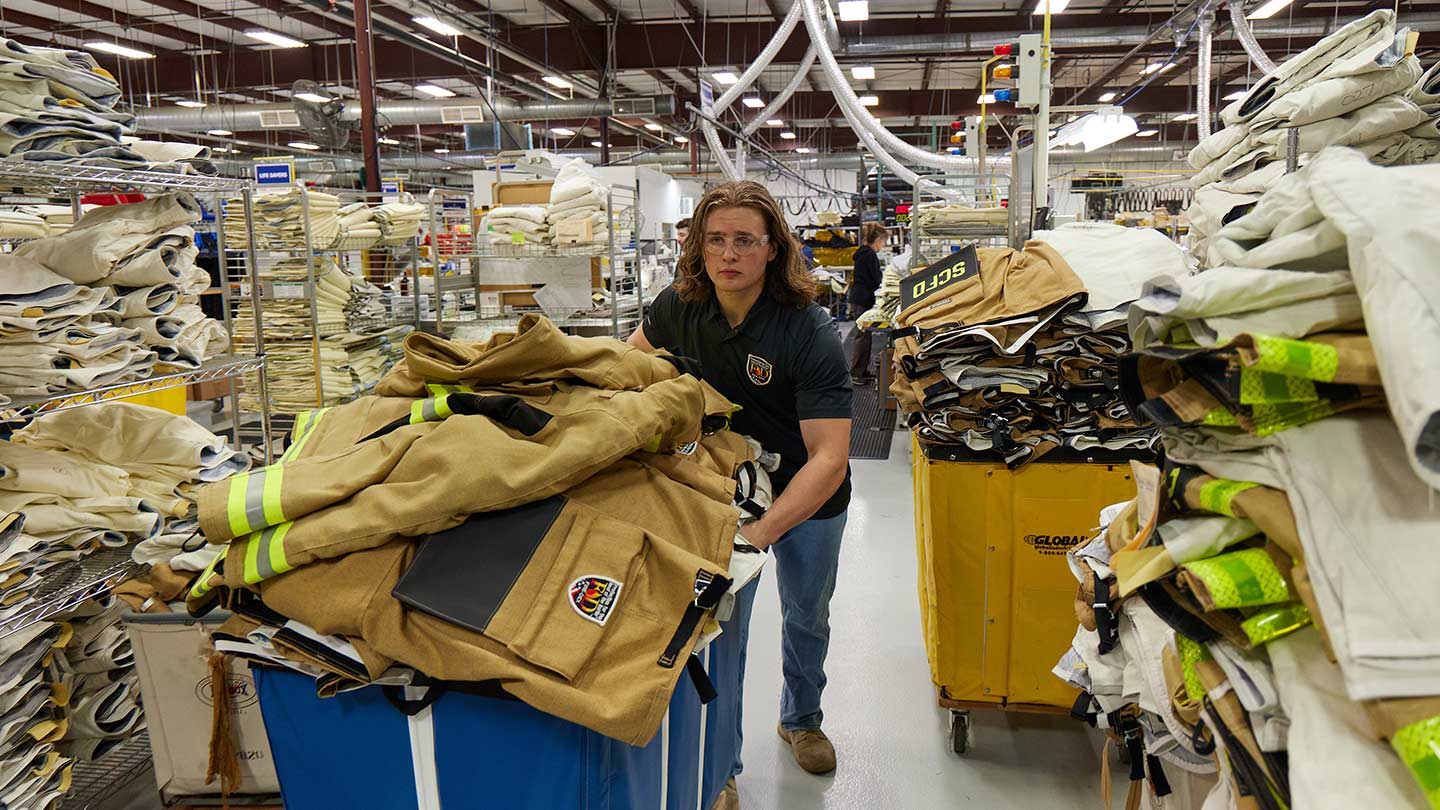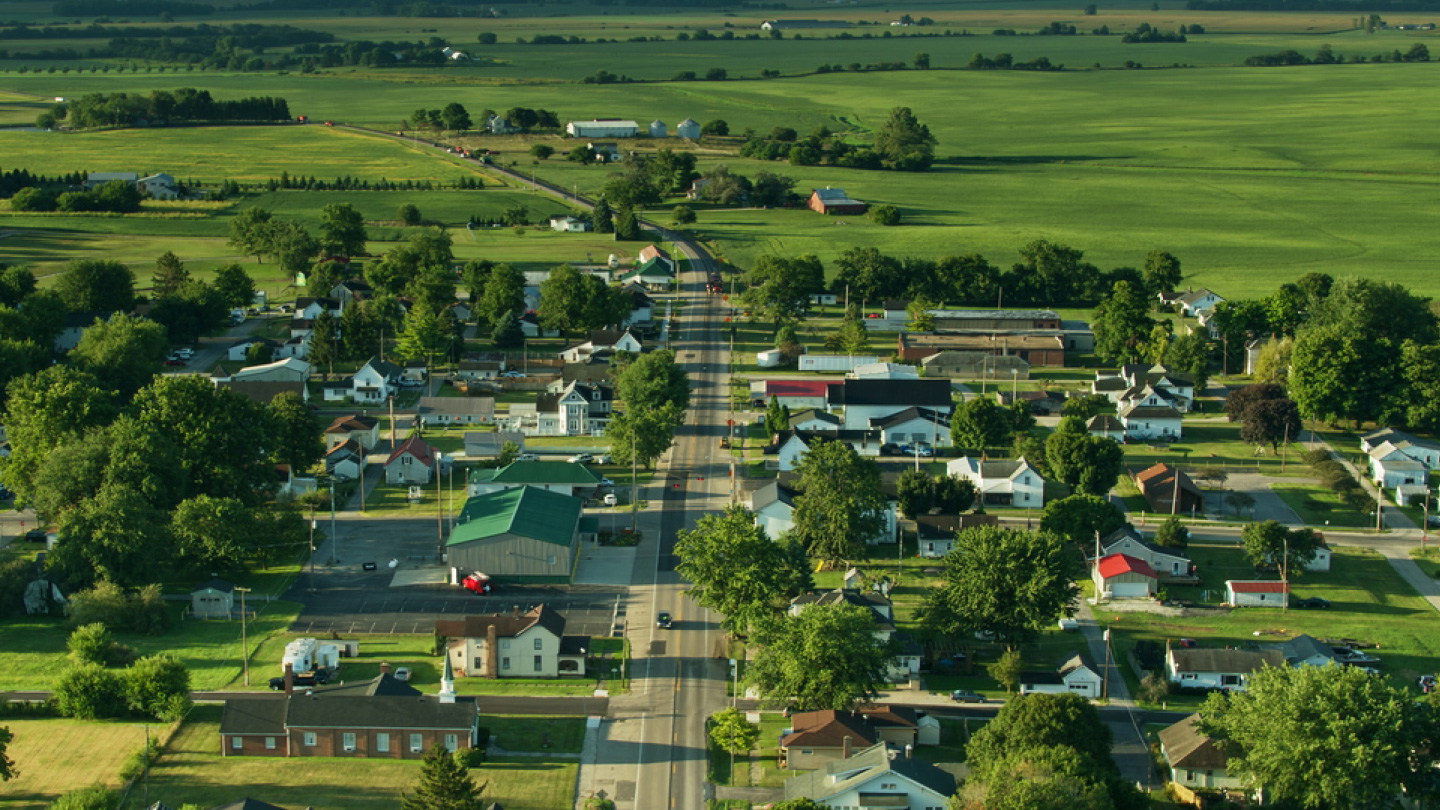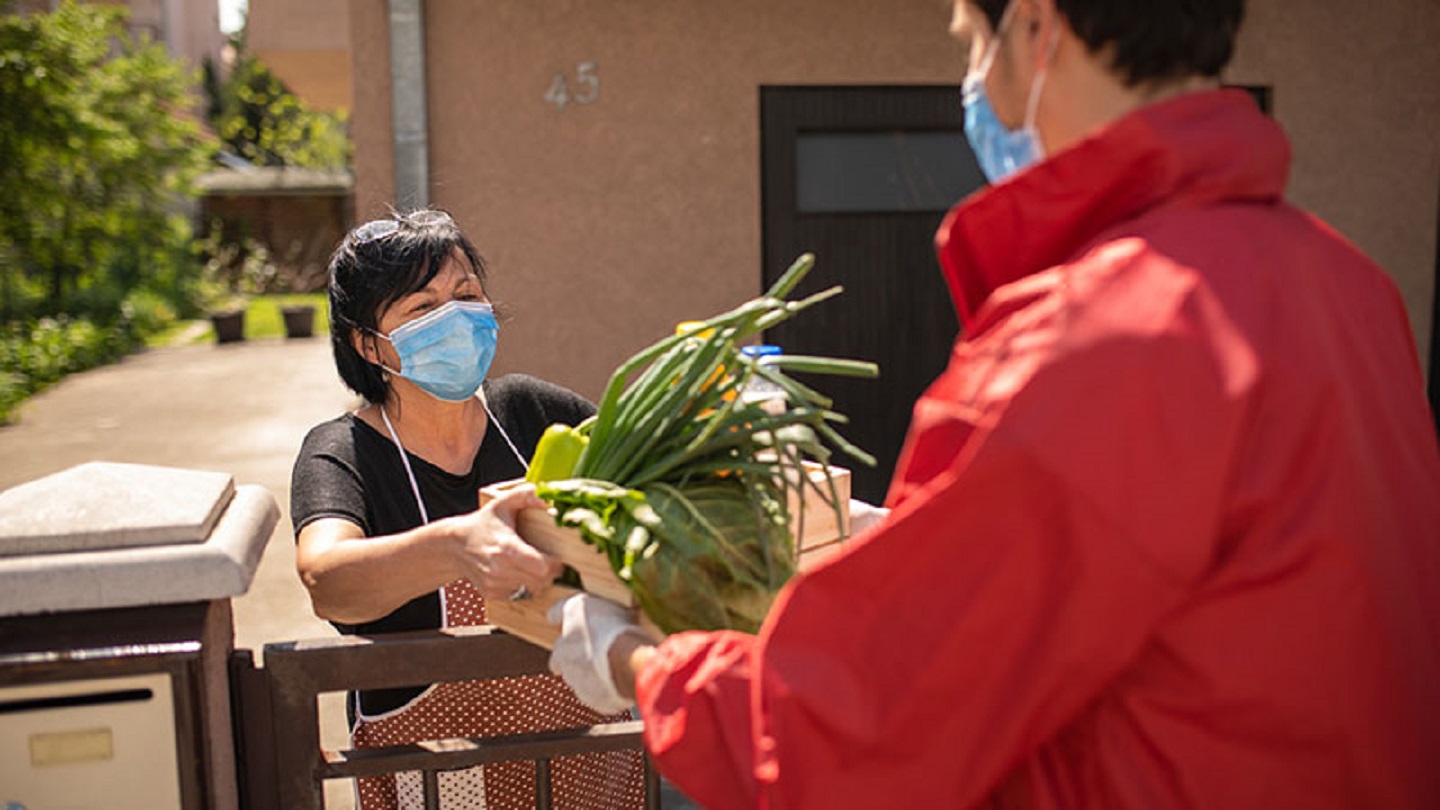Since the pandemic began, food banks have struggled to feed their communities. As producers and distributors have worked closely together, they've gotten help from an outside source: JPMorgan Chase.
In 2018, 37 million Americans experienced food insecurity. For many of them, community food banks were the key to putting dinner on the table. Since the COVID-19 pandemic began, these organizations have seen the demand for their services skyrocket, as they've worked to feed communities that are more in need than ever.
Providing food to their neighbors while keeping the pandemic from spreading has forced food banks to think creatively: Some have opened emergency drive-thru distribution sites, while others are using their savings to purchase food wholesale from new supply lines to replace the usual stream of donations that sustain their work.
For Central California Food Bank (CCFB) in Fresno, CA—which serves 280,000 people every month—slowing down operations wasn't an option. Since the start of the pandemic in mid-March, CCFB has provided nearly 12 million meals to local residents.
“We have been able to respond to the COVID-19 crisis in meaningful ways, significantly increasing the number of clients we serve," says Kym Dildine, Co-CEO of CCFB.
Meeting Rising Demand
Across California, food banks like CCFB have seen a 73 percent increase in demand since the pandemic began. One thing that helped prepare CCFB was its 2018 decision to move to a new, larger location.
“This response would not have been possible in our old location," Dildine says. “The differences in capacity are astounding, both in the amount of product we're able to acquire, store and distribute, and in our ability to safely accommodate volunteers."
They got a little help from JPMorgan Chase: In 2018, the bank provided New Market Tax Credit financing to help CCFB with its move.
Fighting Food Insecurity
Food insecurity is also a pressing problem in Nevada: Before the pandemic, 1 in 8 southern Nevadans struggled with food insecurity. Today, that number is 1 in 5.
As the only food bank in the region serving four counties, Three Square Food Bank has been on the front line of the fight against these ballooning figures. In 2019, it provided more than 41 million meals to individual and families—the equivalent of more than 50 million pounds of food and grocery products per year. Since the pandemic, it has ramped up to 1.3 million pounds of food a week—more than a 35 percent jump.
“With the unprecedented closure of all casinos in town and so many people out of work, we're seeing people who have never needed help coming to us for food," says Tifani Walker, Three Square's CEO. “In addition to complying with social distancing, we've had to change the entire way we operate. But, we're pressing forward, and we're doing what's necessary to serve this community."
During a recent virtual meeting with JPMorgan Chase's Nevada Market Leadership Team (MLT), Walker and a group of Nevada-based employees discussed the future of Three Square's services. “We're unsure what the long-term impact will be, or how long this situation will last," Walker said. “But we're grateful for everything they've done to help us in serving the community."
Working Behind the Scenes
At the same time that COVID-19 has caused increased food insecurity, it has also cut the supply to food banks. But suppliers like Michigan Milk Producers Association (MMPA)—a milk marketing cooperative and processor owned by dairy farmers in the Midwest—are stepping in to help.
To support the food bank response, MMPA is donating dairy products to food banks in the Great Lakes region. In cooperation with Kroger's Michigan Dairy plant, the association is giving more than 2,020 pounds of milk each day to the Food Bank Council of Michigan, which will result in about 85,000 gallons reaching all 83 counties in the state. MMPA has also donated butter and cheese to the United Way of St. Joseph County and local food banks in the Midwest. For example, Heritage Ridge Creamery donated cheese to Second Helpings and Food Bank of Northern Indiana.
“Through COVID-19, we are steadfast in our commitment to support local communities through milk donations," said Joe Diglio, president and chief executive officer of MMPA. “Ninety five percent of food banks say the milk they receive doesn't meet the amount they need. Our dairy farmers members strive to close this gap, and since 2015, MMPA has donated over 333,000 gallons of milk to food banks."
Kaylan Kennel, the director of MMPA Manufacturing, is optimistic about the future.
“During tough times, good organizations and good people have to stretch their abilities to meet the challenge," he says. "When we come out of this, we will come out a stronger organization."
-





